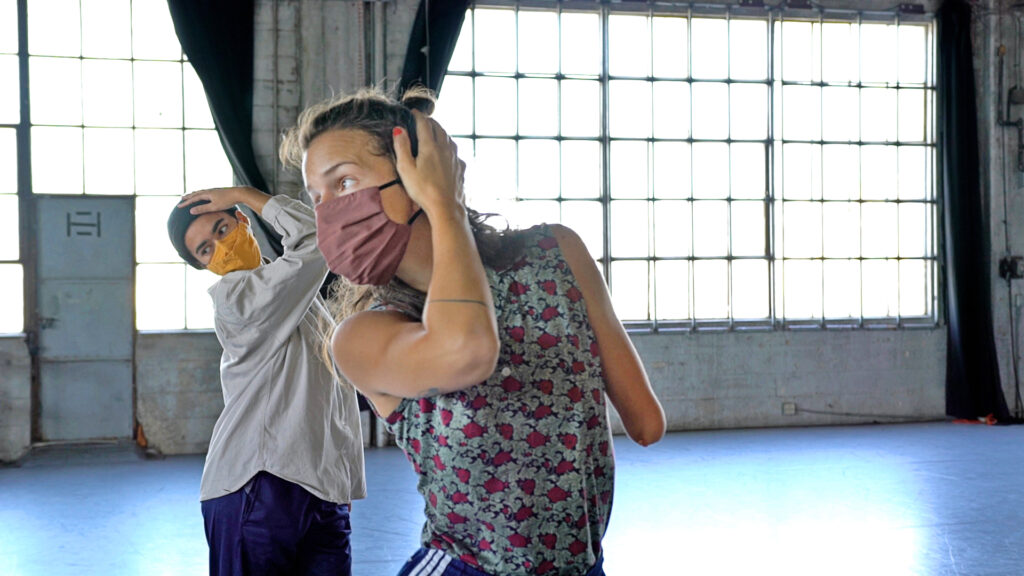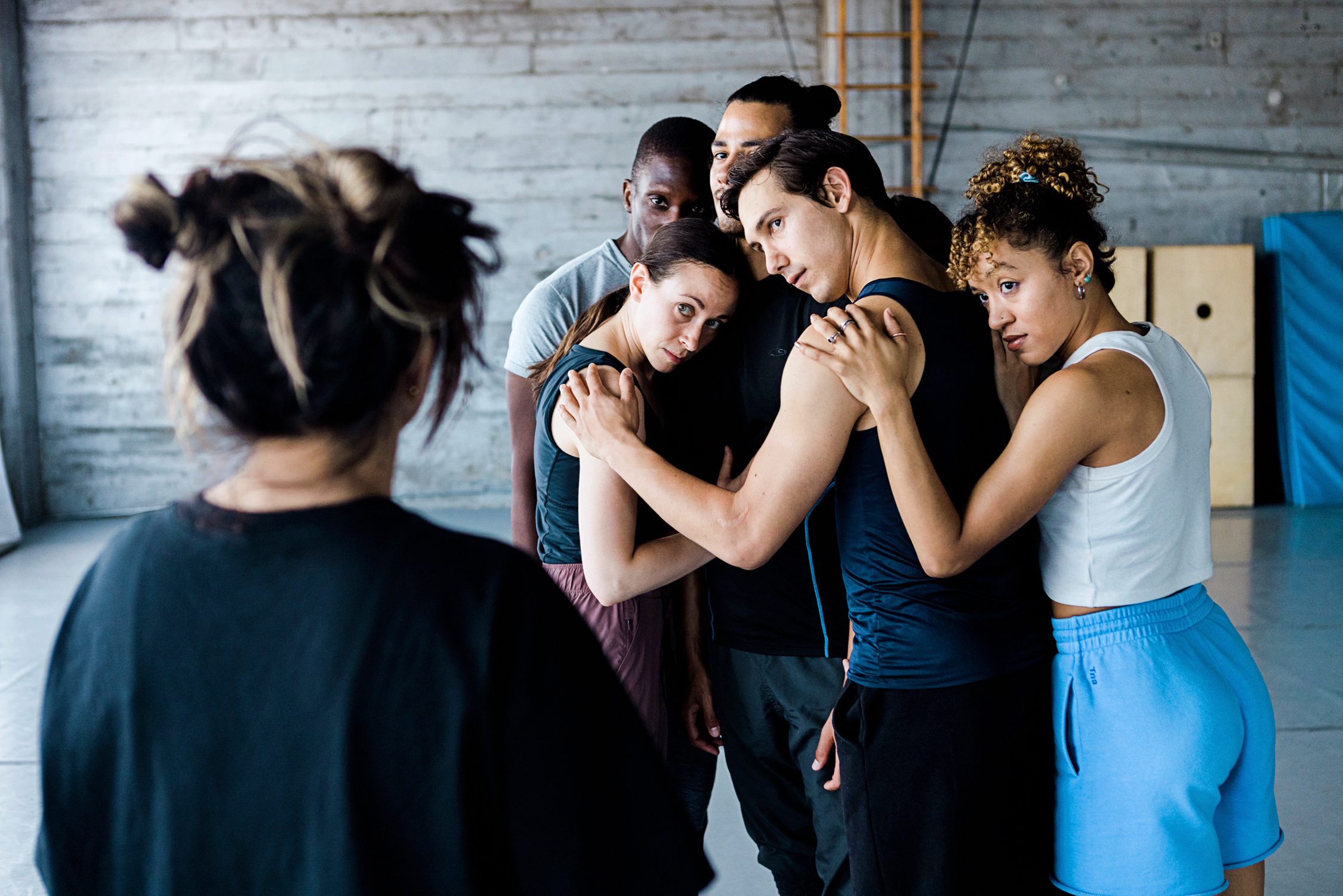7 Mentorship Programs that Pair Early-Career Choreographers with Experienced Artists
Mentorship amongst choreographers is nothing new: Jose Limón had Doris Humphrey, and Alvin Ailey had Lester Horton. But in a career where there is often scarce training (most college programs still primarily train dancers, not choreographers, for instance) and that can be competitive and isolating, mentorship opportunities that are formalized rather than happenstance are becoming increasingly needed.
San Francisco–based choreographer Amy Seiwert, who has often looked to Val Caniparoli as a mentor, agrees: “The way the field is changing, we’re more cognizant that mentorship shouldn’t just be like what happened with me and Val—it was very organically developed, which was great,” she says. “But we need to look beyond those immediate relationships, because who are we missing when we only look in our own circles?”
Thankfully, structured mentorship programs—such as the artistic fellowship at Seiwert’s company, Imagery—are also becoming increasingly common. Here’s the scoop on seven of them, plus insight into what makes choreographic mentorships work.
Amy Seiwert’s Imagery Artistic Fellowship
What it is: A two-year program launched in 2018 in which fellows receive mentorship from both Seiwert and Imagery’s managing director Annika Presley, plus a stipend and two commissions.
The origin of the fellowship: Seiwert was inspired to launch a program that combined artistic and administrative mentorship after noticing a pattern of choreographers being tapped for artistic director positions without training in key leadership skills, like reading a budget. So far, the program is working as intended: The inaugural fellow, Ben Needham-Wood, is now serving as artistic director of Boulder Ballet.
What fellows do: On the administrative side, fellows learn the ropes of running a dance organization and then begin to lead their own projects within Imagery. On the artistic side, fellows observe Seiwert in rehearsal, receive feedback from her (on everything from the choreography itself to how they run their rehearsal rooms), attend and analyze local performances and more.
The Young Choreographer’s Festival
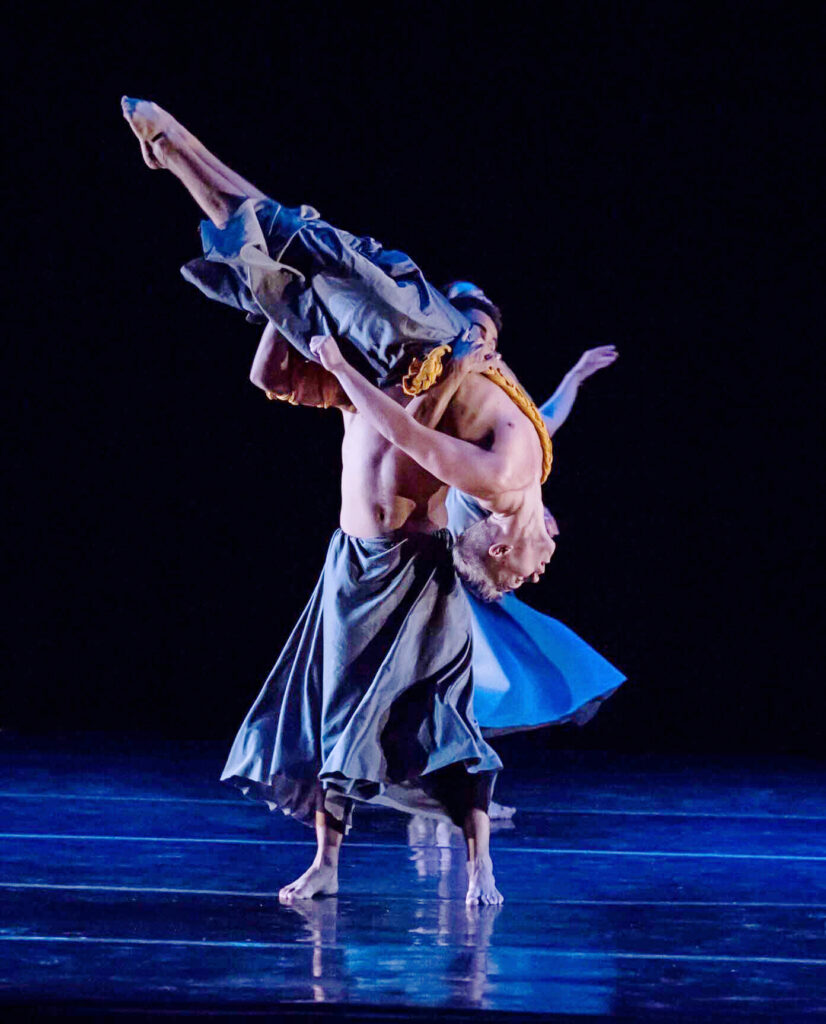
What it is: Founded in 2010 by Emily Bufferd, the New York City–based Young Choreographer’s Festival presents promising choreographers ages 18–25 who may be too early-career for other festivals. Participating choreographers receive high-quality photos and videos of their work to use to submit to other opportunities, as well as a mentor who supports them through the process and an industry panel.
What the mentorship looks like: Bufferd says mentors (including Sheila Barker, Ginger Cox, Maurice Brandon Curry, Pascal Rekoert and Wes Veldink) may help choreographers with anything from editing their work down to a festival-appropriate length to landing an agent. Though mentors and mentees are only required to meet eight times over the course of four months, many relationships last far longer, says Bufferd, with mentors often hiring their mentees or connecting them with job opportunities.
Structuring a smart mentorship program: There are power dynamics at play when pairing a young choreographer with a more established one, so giving both artists clear guidelines is essential, says Bufferd. For instance, mandating a certain number of communication points ensures that the mentee doesn’t feel like they are “bothering” the mentor when reaching out.
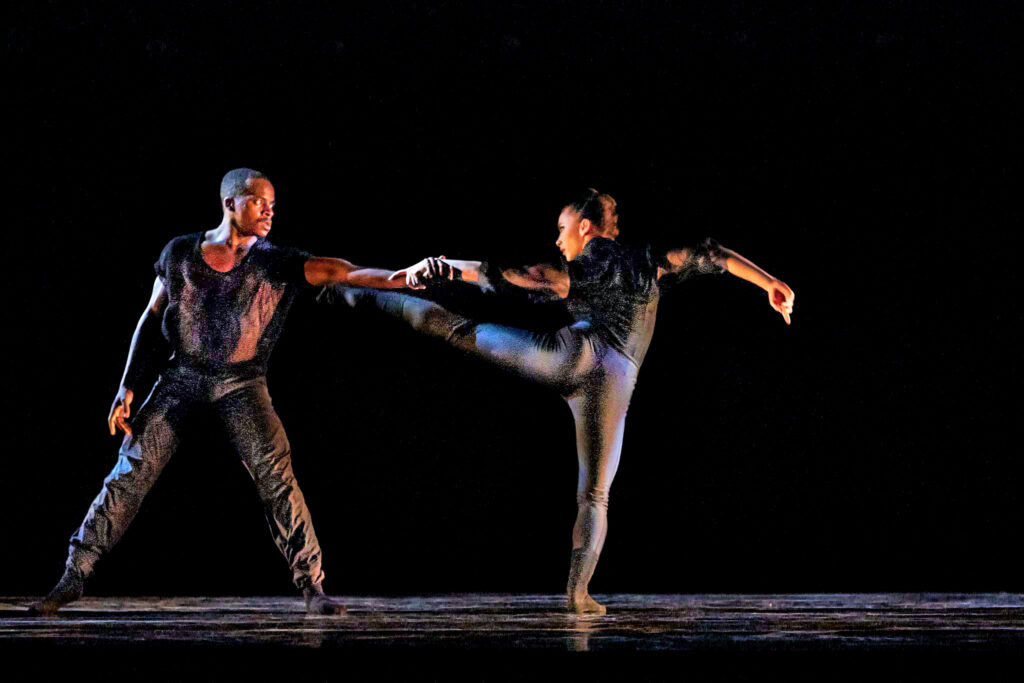
DEVICES: Choreographic Intensive & Mentorship Program
What it is: Since 2014, Doug Varone and Dancers has held this intimate weeklong intensive in New York City, focusing on choreographic craft, followed by several months of one-on-one mentorship with Varone before a public showing of work.
The role of the mentor: Varone sees himself as a sounding board, with the goal of helping the artist discover their own voice. “I try to put trust in them, that there’s no right or wrong way, that the most important thing they should be experiencing is the process of unearthing who they are,” he says.
BalletX’s Choreographic Fellowship
What it is: A paid, season-long fellowship that pairs one emerging choreographer with one established one as they both make works on the Philadelphia-based company. (Currently, fellow Gary W. Jeter II is working with mentor Darrell Grand Moultrie.)
How it works: Over the course of at least three to five meetings before and during the rehearsal process, the fellow might bring the mentor questions or concerns, ask for feedback or discuss navigating a career as a choreographer, explains BalletX artistic and executive director Christine Cox.
How mentorship can benefit mentors, too: “I’ve heard from mentors that it has given them the opportunity to talk about their work and really hear themselves share their process, which strengthens their own sense of self and competence,” says Cox.
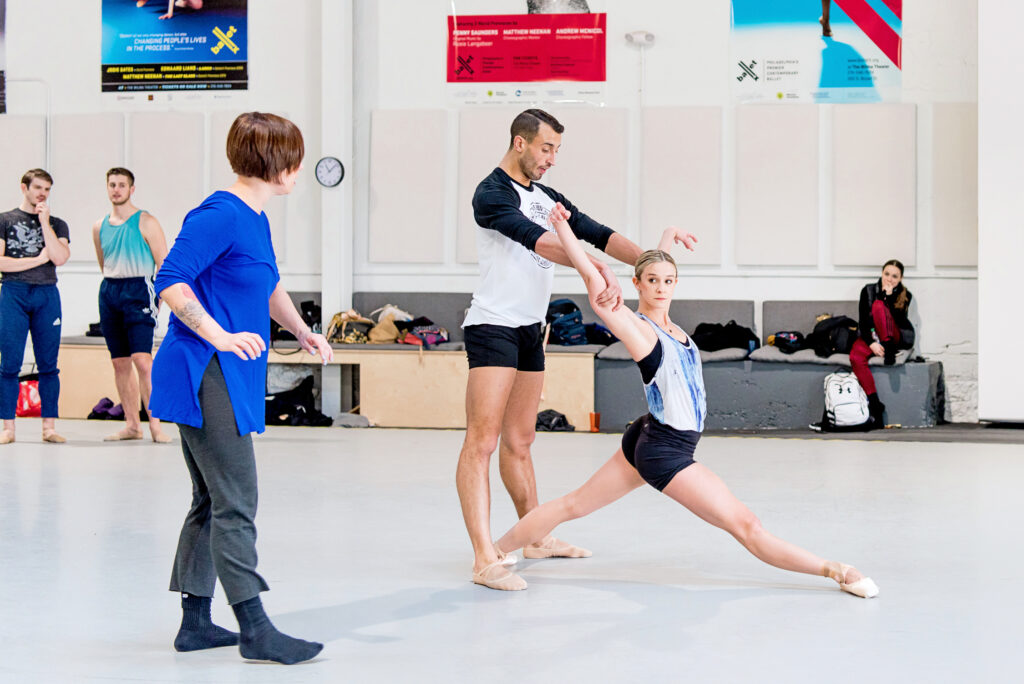
Jacob’s Pillow’s Ann & Weston Hicks Choreography Fellows Program
What it is: Founded in 2018, the 10-day program invites eight early- to mid-career choreographers (who may each bring two dancers) to the Jacob’s Pillow campus for process-oriented exploration and feedback, led by esteemed dance field mentors Risa Steinberg and Dianne McIntyre. Choreographers receive housing and a stipend, as well as 10 hours of one-on-one continued mentorship with the artist of their choosing upon completion of the program.
What fellows do: Choreographers spend time working with their dancers (without the expectation of making anything), receiving feedback from Steinberg and McIntyre, hearing from other guest artists and industry professionals, exploring the Pillow archives, participating in roundtable discussions, watching performances and more.
The mentor’s responsibility: “Mentorship for a choreographer is when the mentor is free of their own aesthetic preferences,” says McIntyre. “You see what the person is going for and you help guide them to what it is that they want, and also push them into new ways of doing things while maintaining the specialness of who they are.”
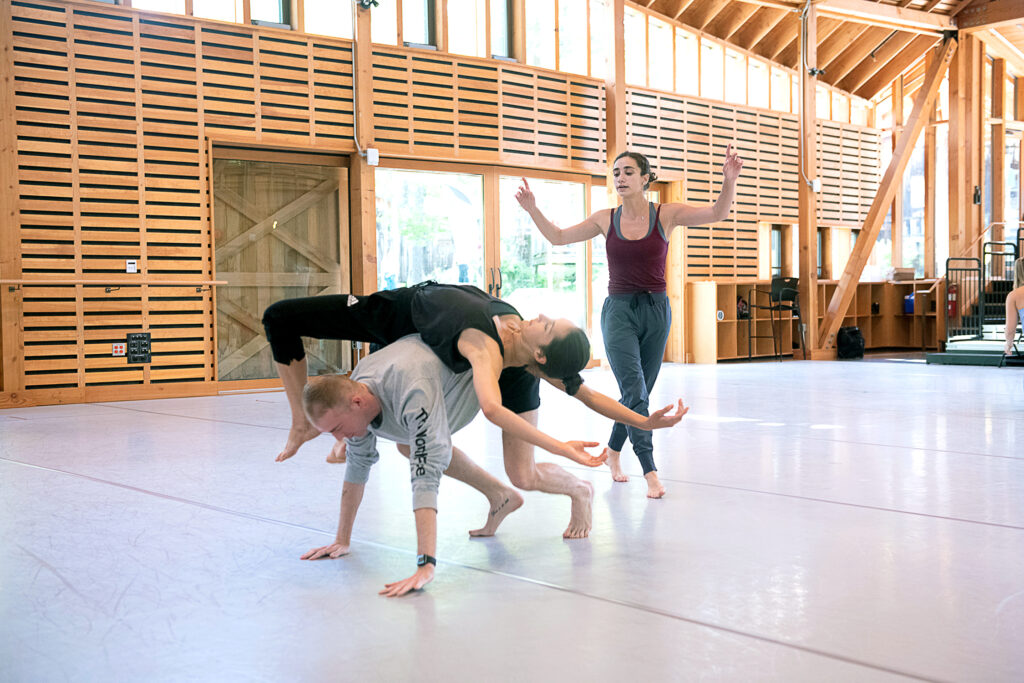
CHIME (Choreographers in Mentorship Exchange)
What it is: Launched in 2004 by San Francisco–based choreographer Margaret Jenkins, the program currently supports two to three selected Bay Area choreographers with a stipend, which includes funds for a rehearsal space rental, and one-on-one mentorship. The yearlong program culminates with a live performance, where mentees present what they’ve been working on (which doesn’t have to be a finished product).
The long payoff of mentorship: “When you have someone who mentors you, you may not have it come to fruition for a number of years,” says Jenkins. “Every so often, when I’m making a work, I’ll look at it and think something particular about it. And I’ll think, Oh, that’s what so-and-so meant 10 years ago, when I wasn’t ready to hear it or didn’t hear it in that way.”
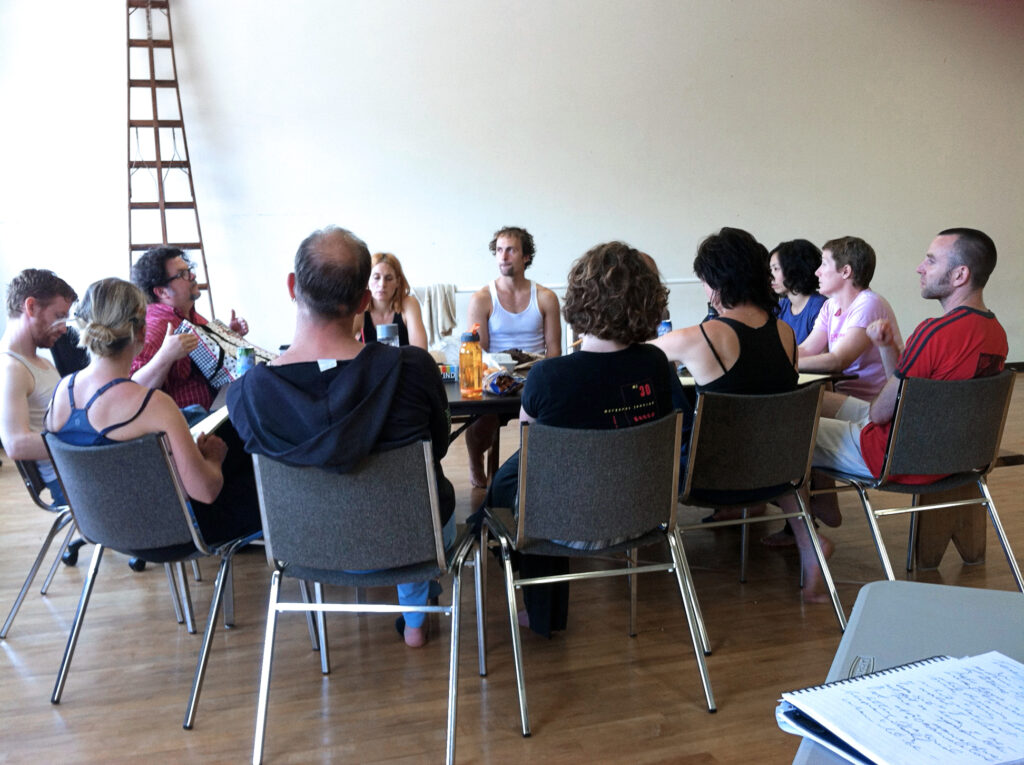
RoundAntennae
What it is: Led by Bay Area–based choreographer KT Nelson, the informal, rolling program includes group discussions, one-on-one mentoring with Nelson and other facilitators, and occasional residencies and showings.
Why Nelson started it: “As a choreographer, I realized I was missing some sort of internal infrastructure to make the work I want to make,” she says. “I felt myself trying to please a lot of people. So I wanted to address that early on in the development of the choreographer. I was also looking for a different form to pass some knowledge on, and allow me to be around a younger generation of thinking in an intimate way.”
